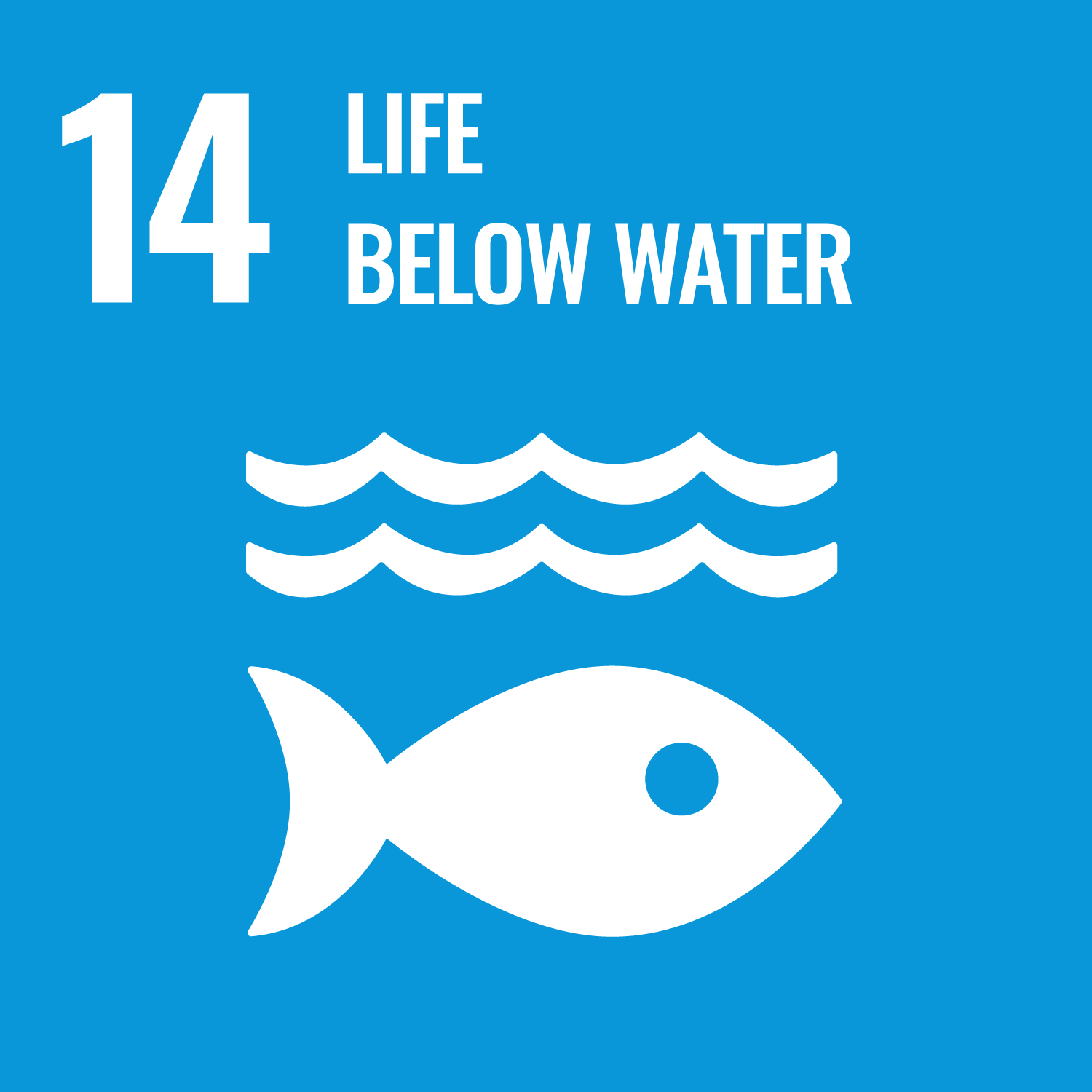ORCID
- Andrew Turner: 0000-0003-0505-4561
Abstract
© 2019 Antifouling paint particles (APPs) of between 500 μm and >2 mm in diameter have been identified in silty, intertidal estuarine sediments through a combination of microscopy and x-ray fluorescence spectrometry. APPs were heterogeneously distributed, with maximal concentrations of 430 particles L −1 (0.2 g L −1 ) near to a facility where boats are regularly maintained and 400 particles L −1 (4.2 g L −1 ) at a location where old boats had been abandoned, with the majority of particles encountered in the finest size fraction retrieved. APPs contained variable concentrations of Cu, Zn, Sn and Pb, with respective maxima of 562,000, 269,000, 9,970 and 126,000 mg kg −1 . These characteristics are attributed to a multitude of contemporary and historic sources of an assortment of formulations and result in significant but heterogeneous metal contamination of local sediments. APPs were also identified in the guts of the deposit-feeding ragworm, Hediste diversicolor, that inhabited sediments impacted by abandoned boats or boating activities. The tissue of H. diversicolor was particularly enriched in Cu where ingested APPs were observed, with a significant correlation between dry weight Cu concentrations in the two media (r = 0.734) presumably reflecting the inability of the animal to regulate this metal. While the toxicity of APPs requires further investigation, there is clearly a need for stricter regulations on antifouling wastes in boatyards and marinas and a requirement to better manage abandoned boats. Antifouling paint particles in contaminated estuarine sediments can be ingested by Hediste diversicolor and result in the bioaccumulation of copper.
DOI Link
Publication Date
2019-01-01
Publication Title
Environmental Pollution
Volume
249
ISSN
0269-7491
Acceptance Date
2019-03-05
Embargo Period
2020-03-07
First Page
163
Last Page
170
Recommended Citation
Muller-Karanassos, C., Turner, A., Arundel, W., Vance, T., Lindeque, P., & Cole, M. (2019) 'Antifouling paint particles in intertidal estuarine sediments from southwest England and their ingestion by the harbour ragworm, Hediste diversicolor', Environmental Pollution, 249, pp. 163-170. Available at: 10.1016/j.envpol.2019.03.009


